
Leading electric vehicle manufacturer
Harbinger, a leading medium-duty electric vehicle manufacturer, recently revealed its electric delivery truck’s performance in winter conditions in New Zealand. The truck’s chassis design positions heavy batteries within the frame, lowering its center of gravity. The design enhances handling, allowing the vehicle to maneuver like a passenger car on icy roads. Join us in this slideshow as we explore the new trend.
Batteries operate less efficiently in the cold
Winter weather poses significant challenges for electric vehicle (EV) drivers, often reducing driving range due to cold temperatures. Research by AAA indicates that fully electric vehicles can lose an average of 41% of their range when temperatures drop to 20 degrees Fahrenheit, primarily because batteries operate less efficiently in the cold.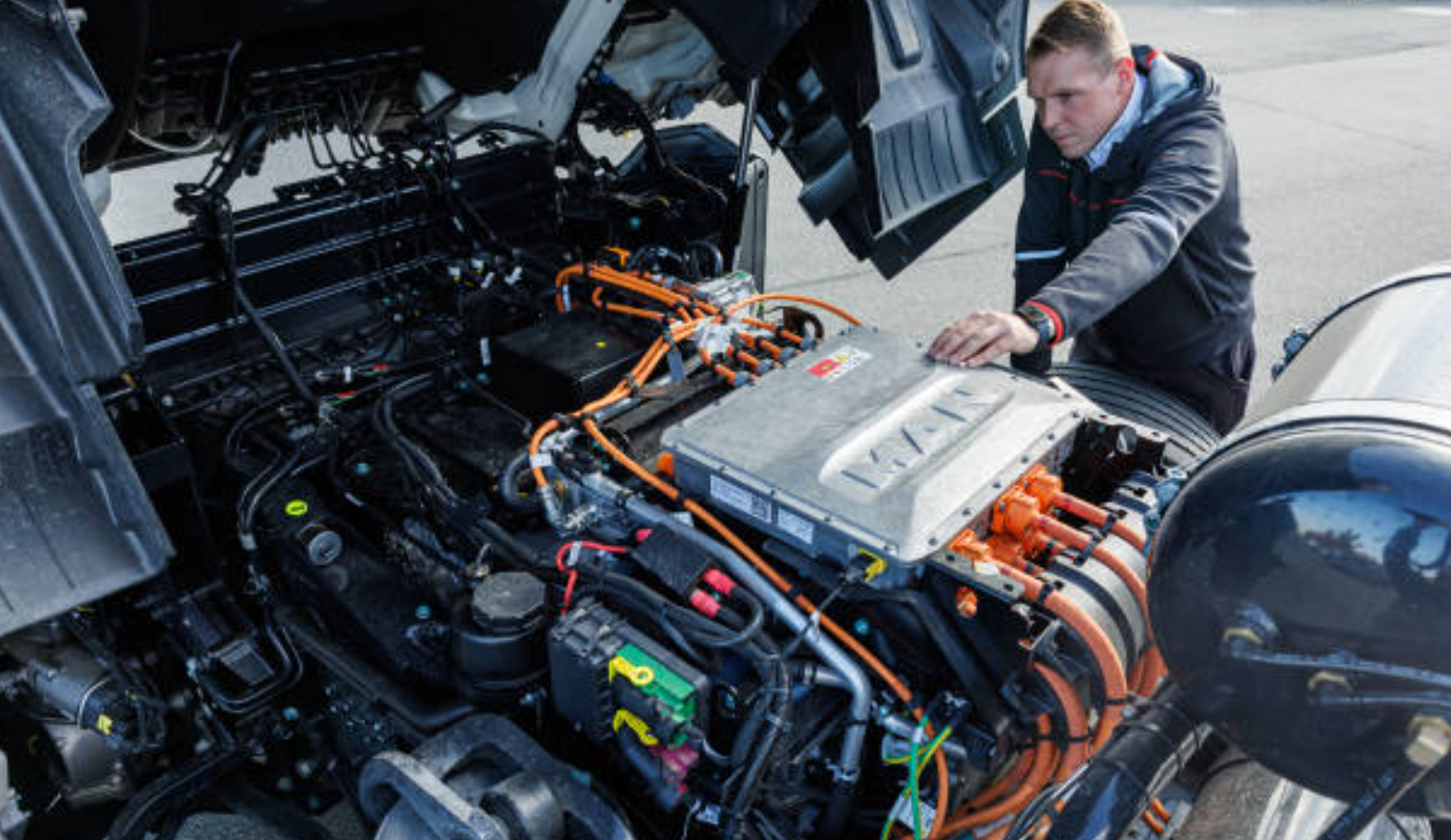
Batteries in your EV do degrade over time
Alex Knizek, Manager of Automotive Testing and Insights, Consumer Reports, said, “Batteries in your EV do degrade over time, just like your smartphone after you charge it and discharge it a bunch.”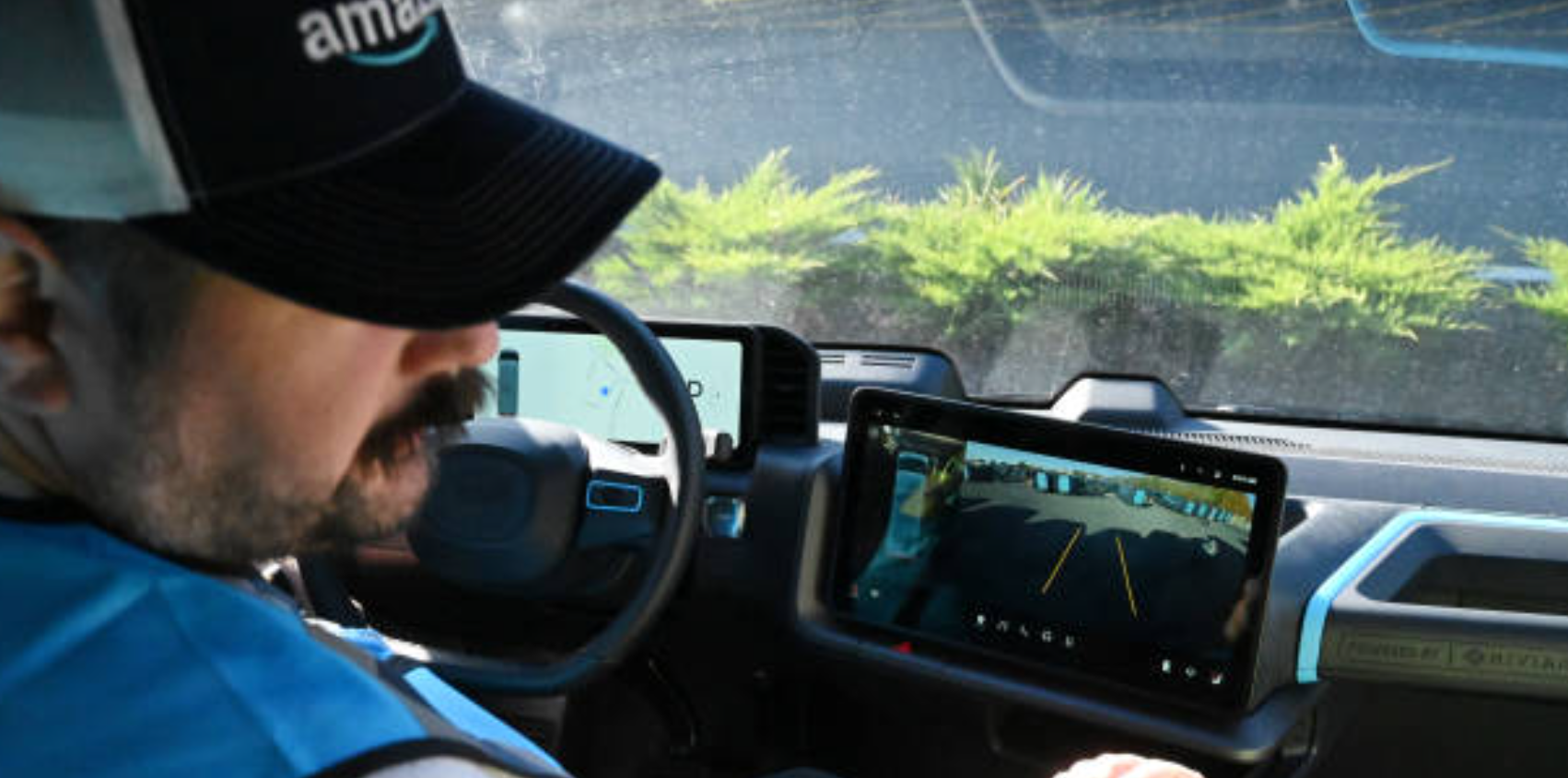
Heating the cabin of an EV consumes a considerable amount of power
Heating the cabin of an EV consumes a considerable amount of power, further exacerbating range issues. The efficiency of EVs in winter is primarily influenced by the heating system.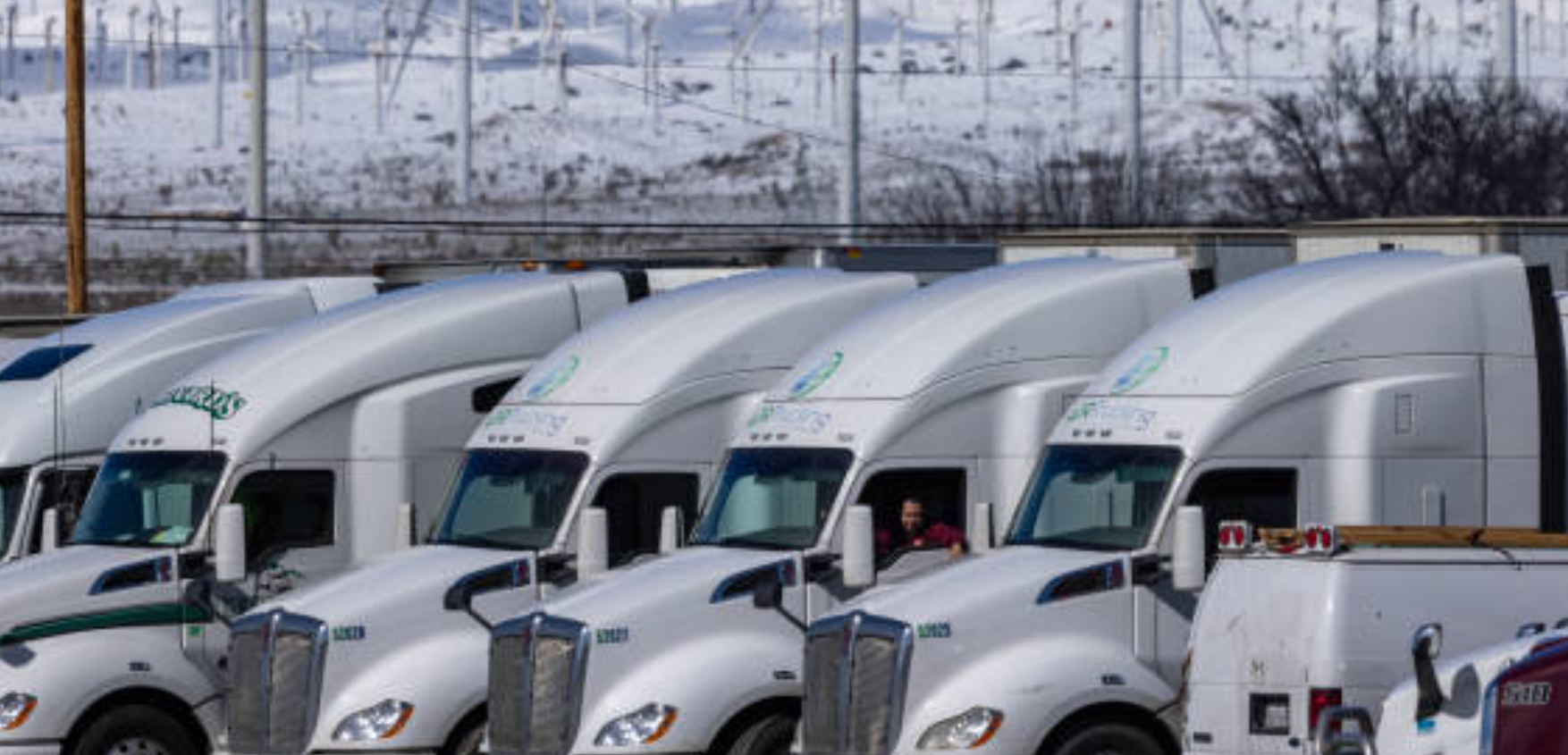
Interior of the car
Knizek said, “It all comes down to trying to maintain the temperature of the battery and the interior of the car.”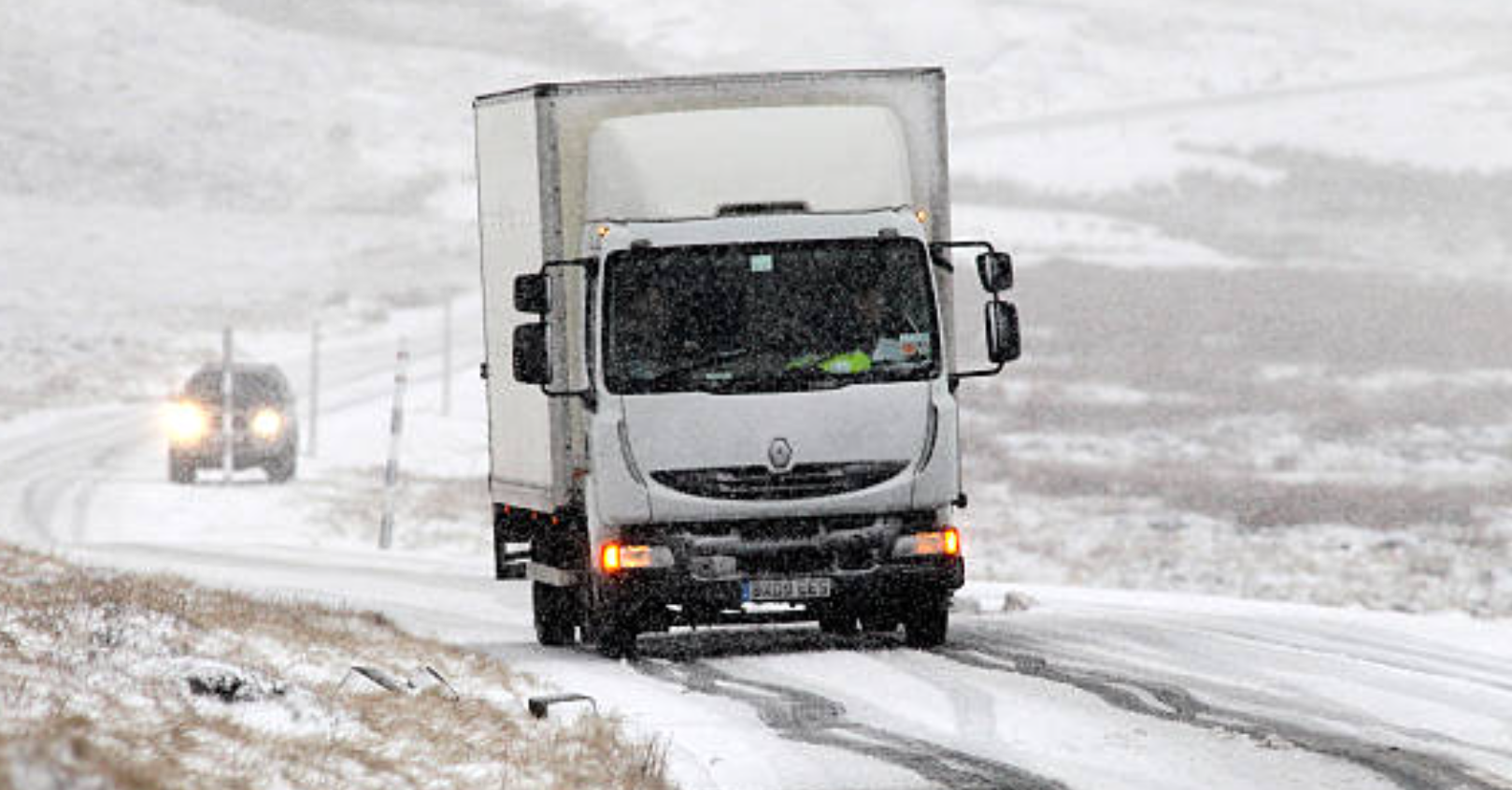
Vehicles equipped with heat pumps
Vehicles equipped with heat pumps experience less battery strain compared to those with traditional resistive heaters. Experts estimated that models with heat pumps lose about 20% of their range in extreme weather, while those without can lose up to 40%. Additionally, battery age and degradation can further impact performance in cold conditions.
Ensuring safety and reliability
Harbinger’s winter testing program evaluated critical elements, including braking systems, torque control, and an automated hill hold feature. About 80% of tests focused on extreme scenarios, ensuring safety and reliability.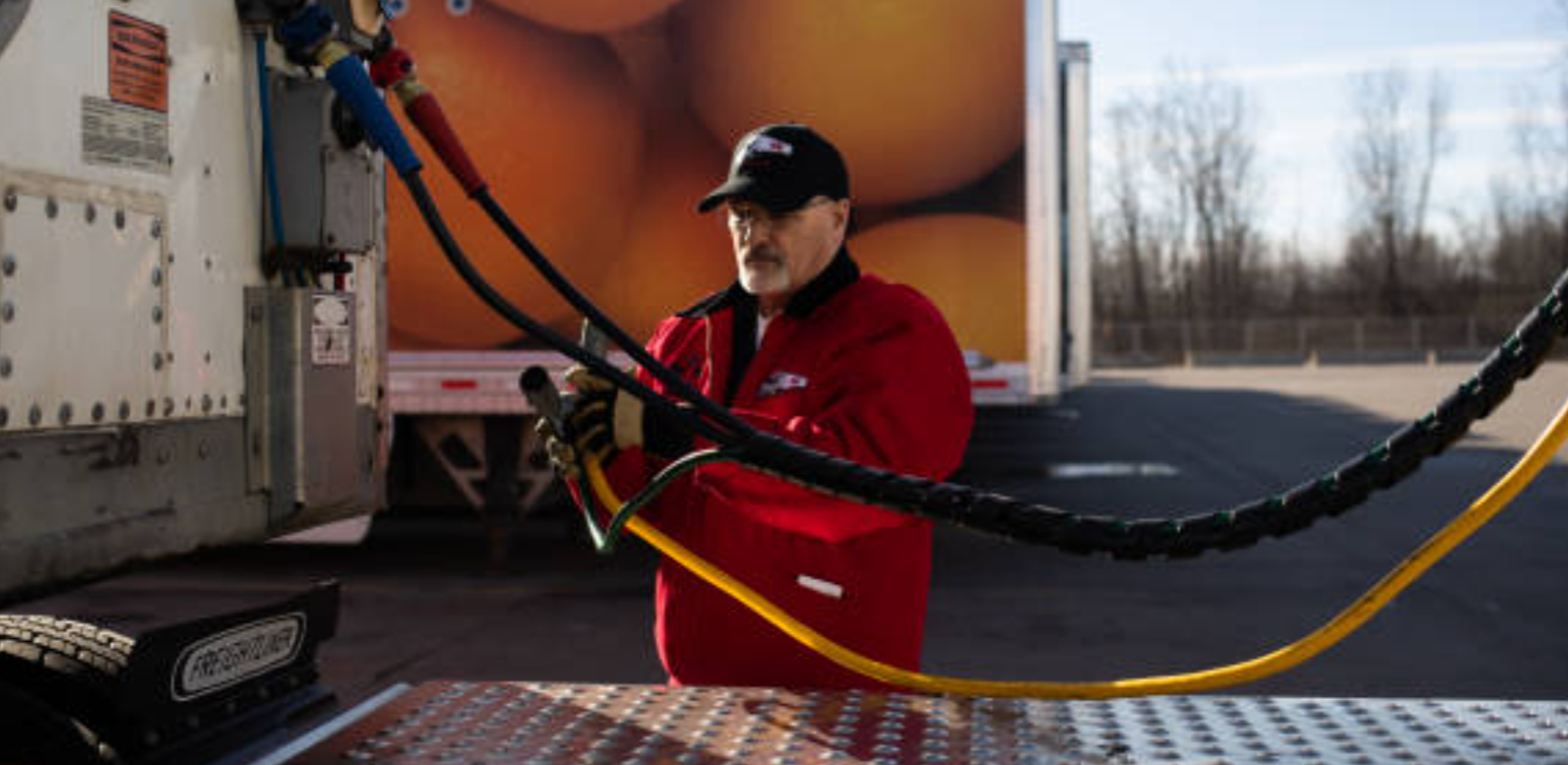
Optimizes systems like regenerative braking
CEO John Harris emphasized the importance of winter testing for EV development, as it ensures performance on low-traction surfaces and optimizes systems like regenerative braking.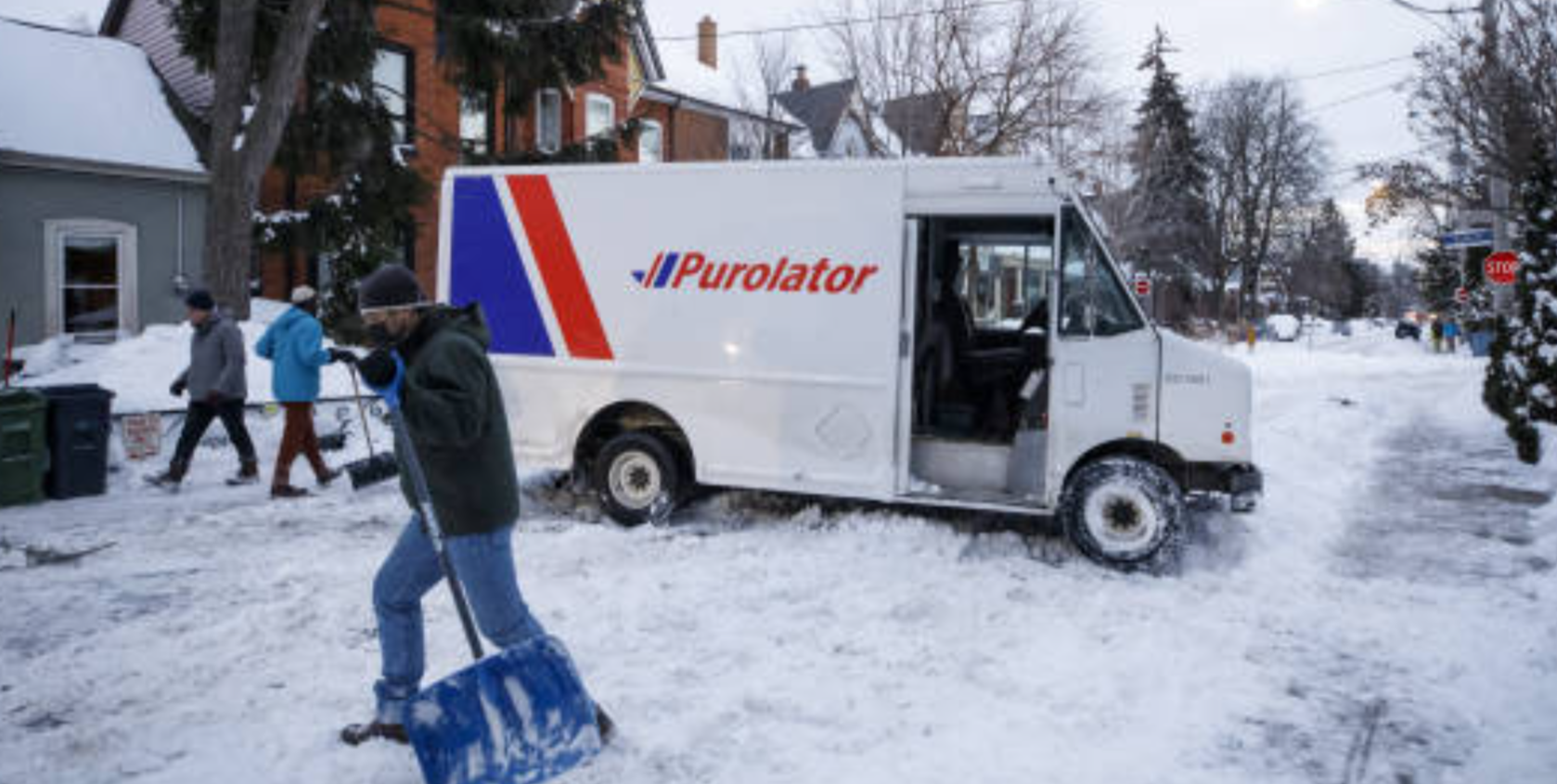
Cold weather poses challenges
Cold weather poses challenges for battery-powered vehicles, such as reduced performance and increased energy use for heating. Harbinger uses a multi-zone heat pump to mitigate these effects.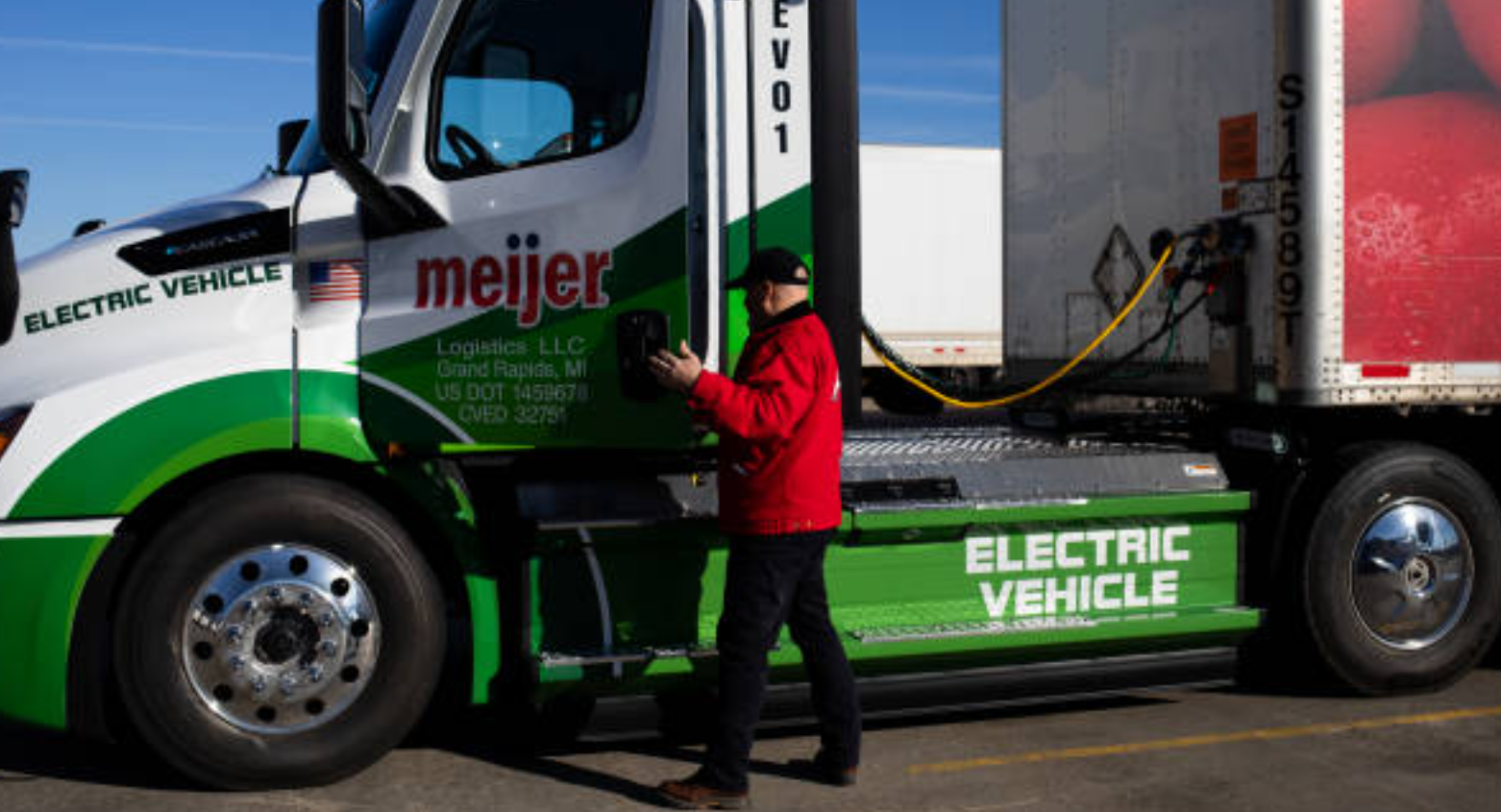
Charging may take longer if the battery is cold
Charging the electric delivery trucks in low temperatures is efficient. While charging may take longer if the battery is cold, Harbinger conditions its batteries to maintain optimal temperatures.
Pre-condition their vehicles while plugged in
To mitigate winter range loss, EV drivers are advised to pre-condition their vehicles while plugged in, using energy from the charging station to heat the cabin.
